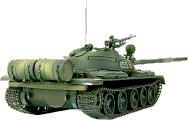Pzkw IV
(List of photos at bottom of page).
The Pzkw IV, arguably one of the least innovative tanks in terms of technology innovations, was incredibly flexible and expandable. Of the many designs from the different countries involved, the Panzer IV was the only tank that was produced for the duration of the war. This was due to the brilliance of its German design team which wanted to make sure that the hull and basic design would be able to take larger guns as needed. So the tank was produced in various versions from the 17.5 ton Panzer IVA with 250 horsepower and a maximum of 20 millimeters of armor all the way through the late war 25 ton Panzer IVJ with 300 horsepower, 80 millimeters of armor and a high velocity 75mm gun. The gun was lengthened and made more powerful along the way. The D model, for instance, had a 24 calibers low velocity 75mm assault gun not designed to attack tanks, but rather infantry and other targets other than tanks, as its primary mission. This mission changed as the companion Panzer III become obsolete and thus the F2's 75mm was 43 calibers and was very capable of penetrating the armor of its contemporary opponents. And the H model mounted an even more powerful 48 calibers 75mm gun.
Note: for comparison, the French Char B1-bis had a 17 calibers low velocity 75mm gun. And on the other end, the Panther (Panzer V) had a 70 calibers 75mm gun.
This particular vehicle as extra armor plating bolted on the front.

Aberdeen Proving Grounds. Pzkw IV 410

Aberdeen Proving Grounds. Pzkw IV 411

Aberdeen Proving Grounds. Pzkw IV 413
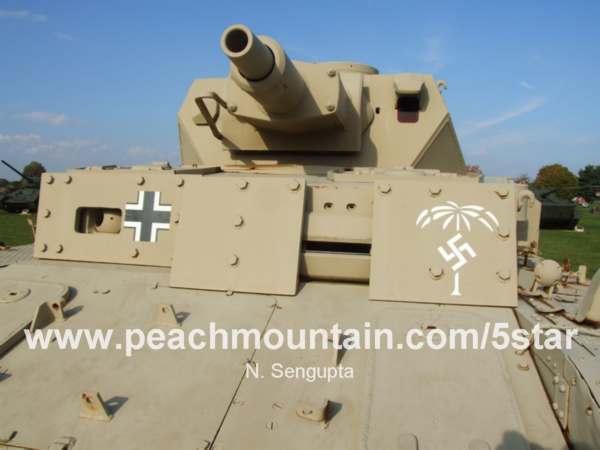
Aberdeen Proving Grounds. Pzkw IV 414
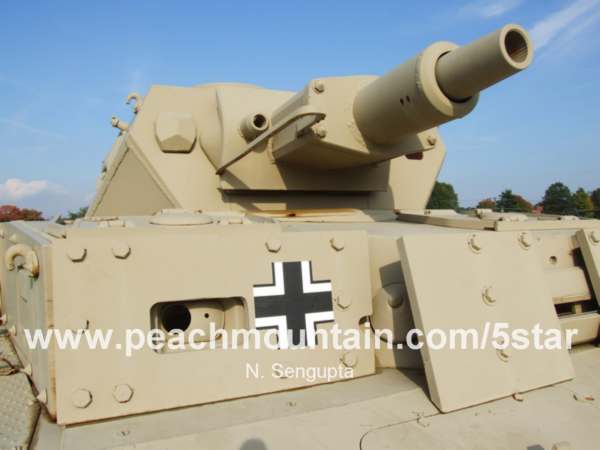
Aberdeen Proving Grounds. Pzkw IV 415
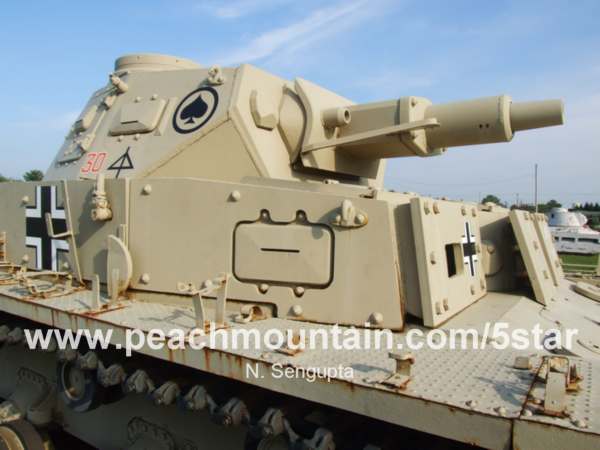
Aberdeen Proving Grounds. Pzkw IV 416

Aberdeen Proving Grounds. Pzkw IV 418
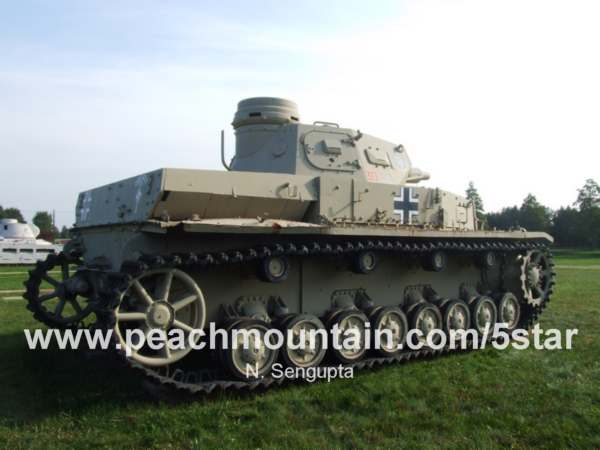
Aberdeen Proving Grounds. Pzkw IV 419
Photos from US Army Ordnance Museum/Aberdeen Proving Grounds
Please email me for high resolution photos for publication. US Army Ordnance Museum/Aberdeen Proving Grounds photo portfolio by Narayan Sengupta.

 Home
Home Hearts of Iron
Hearts of Iron


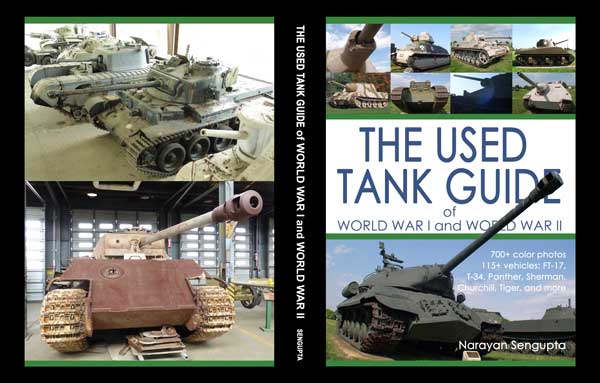

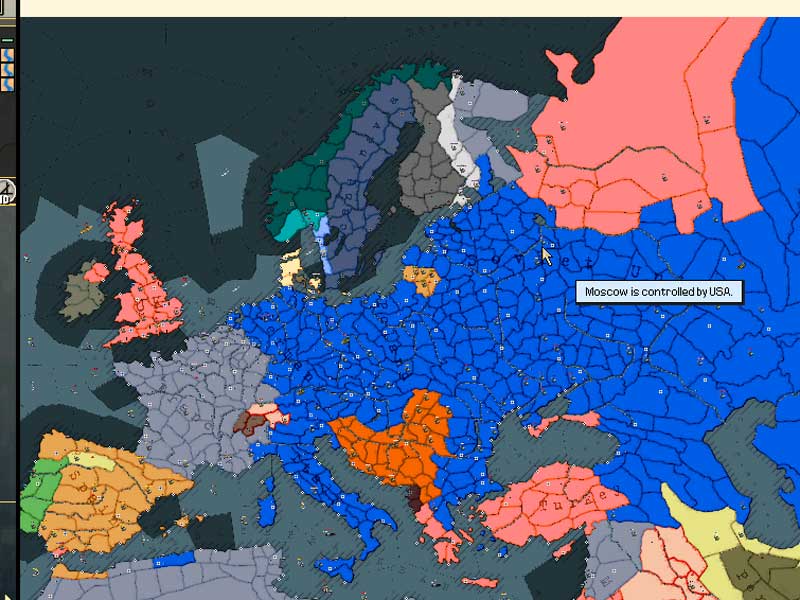
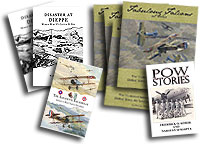


 French Military Victories...
French Military Victories...